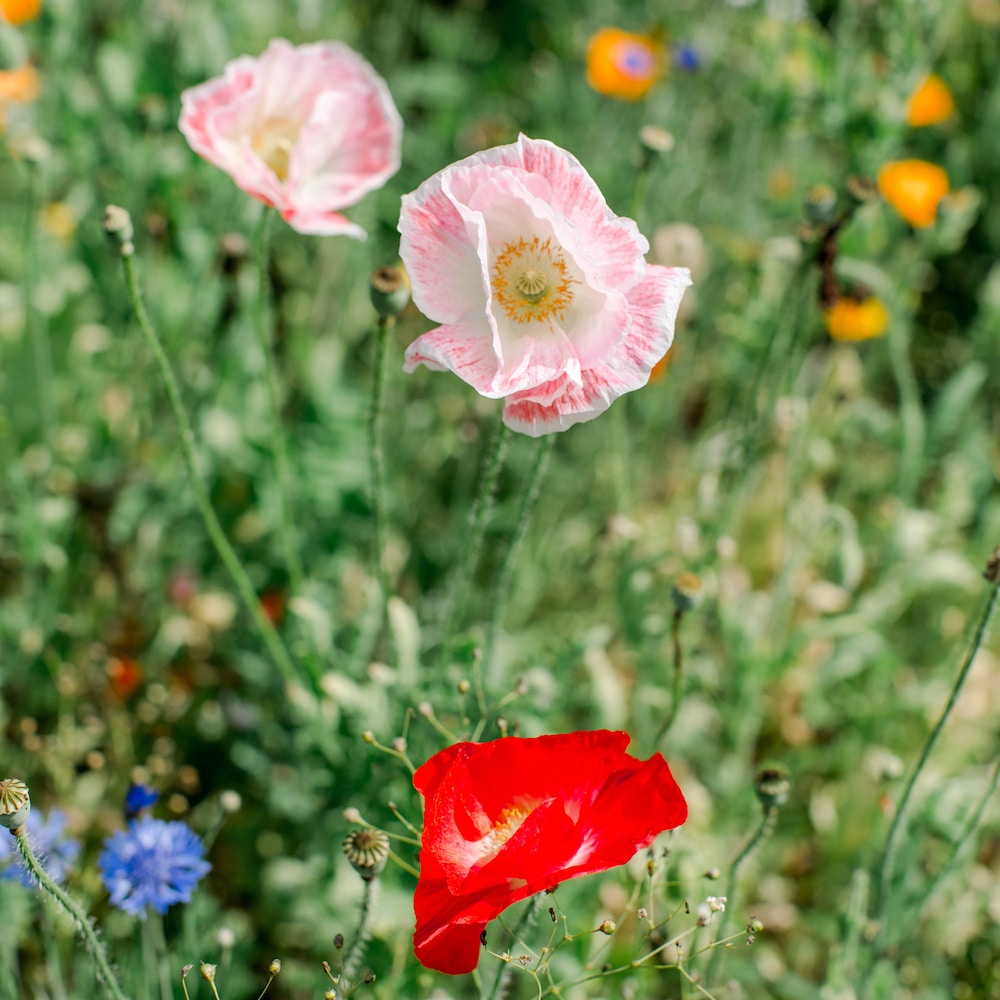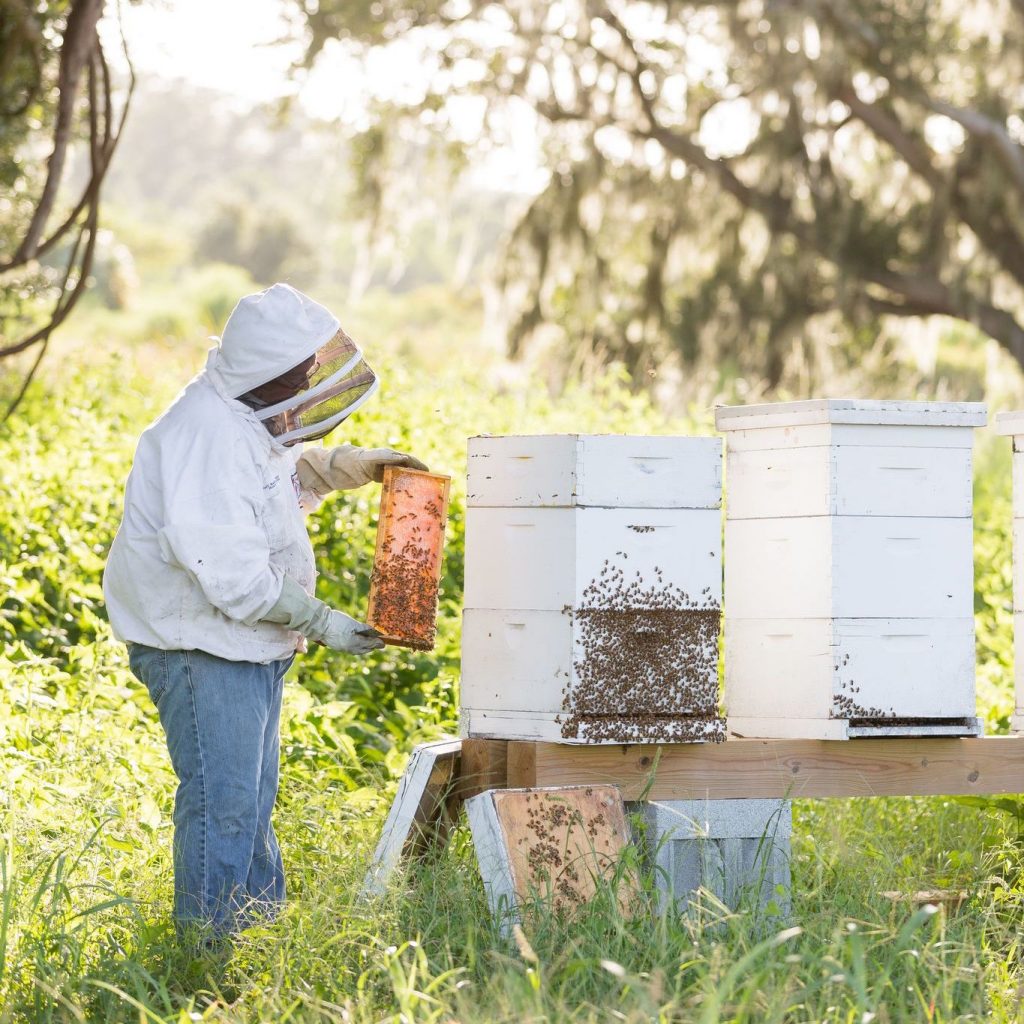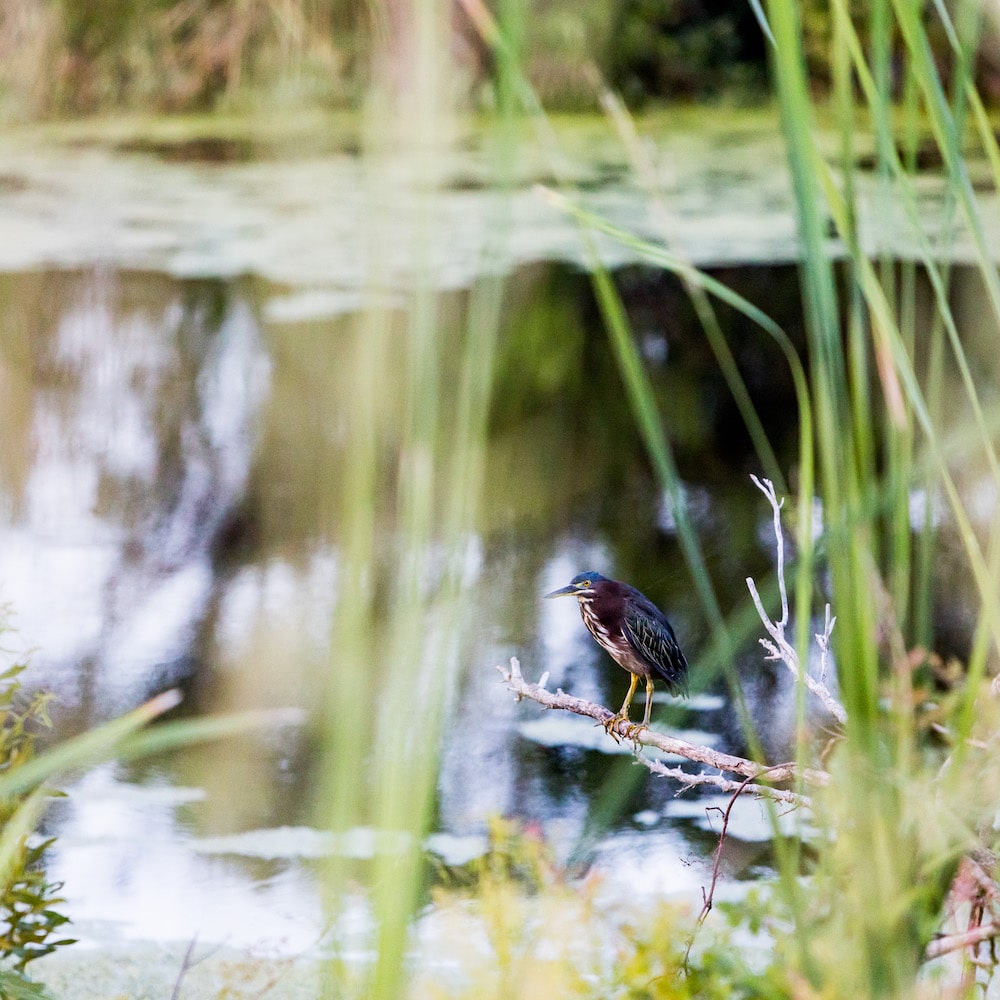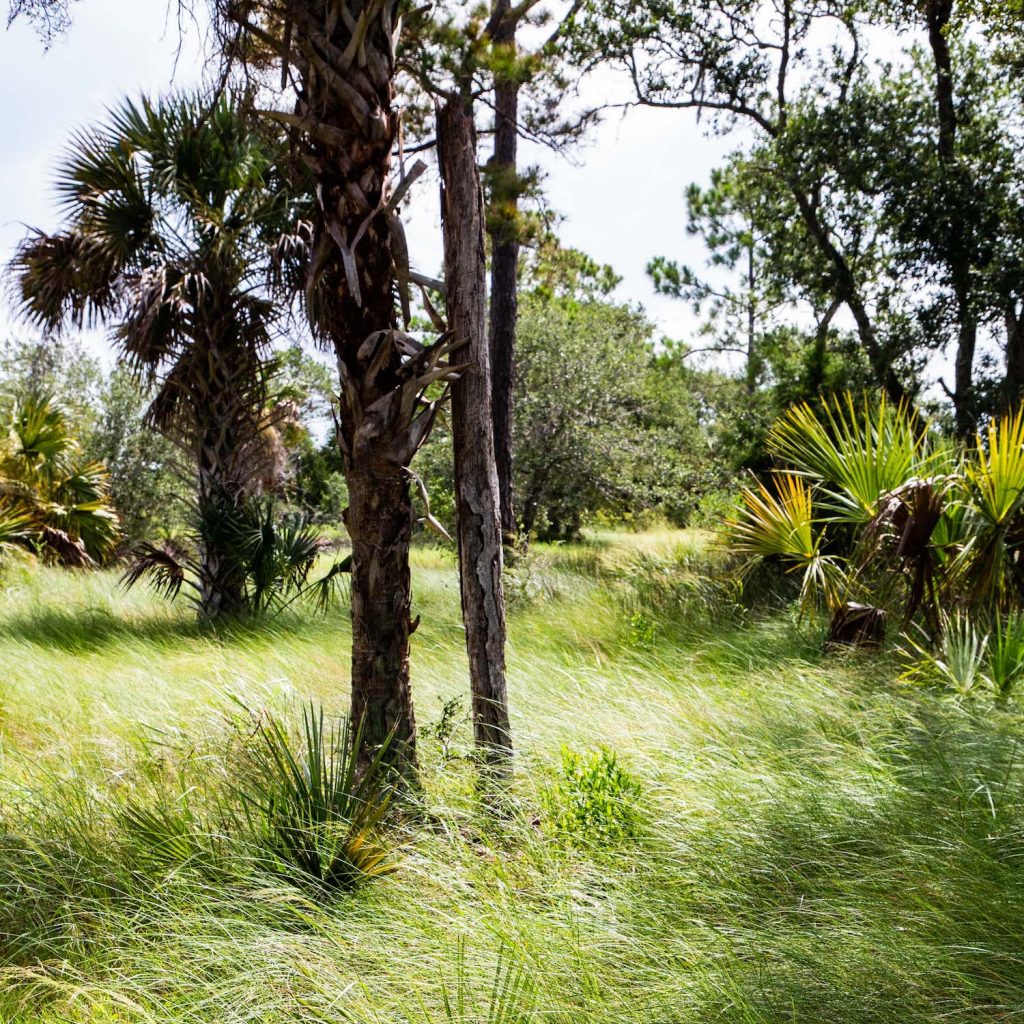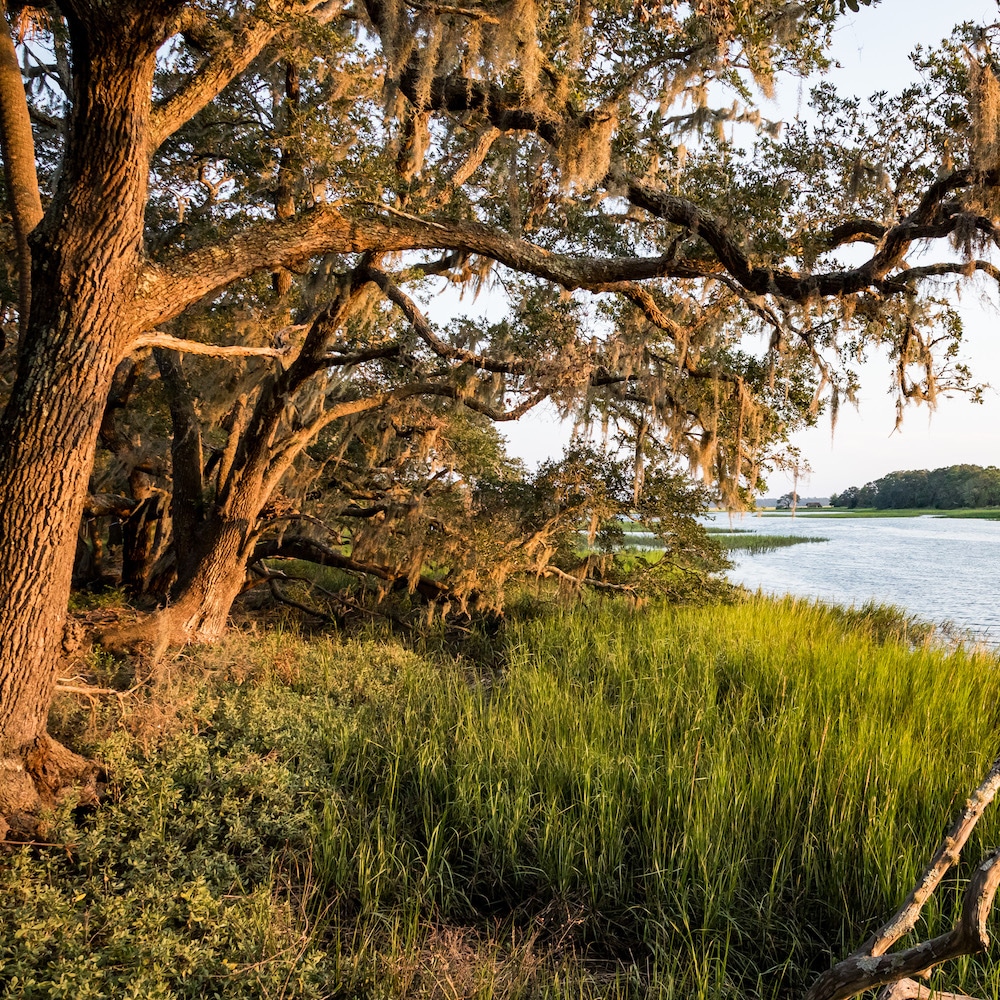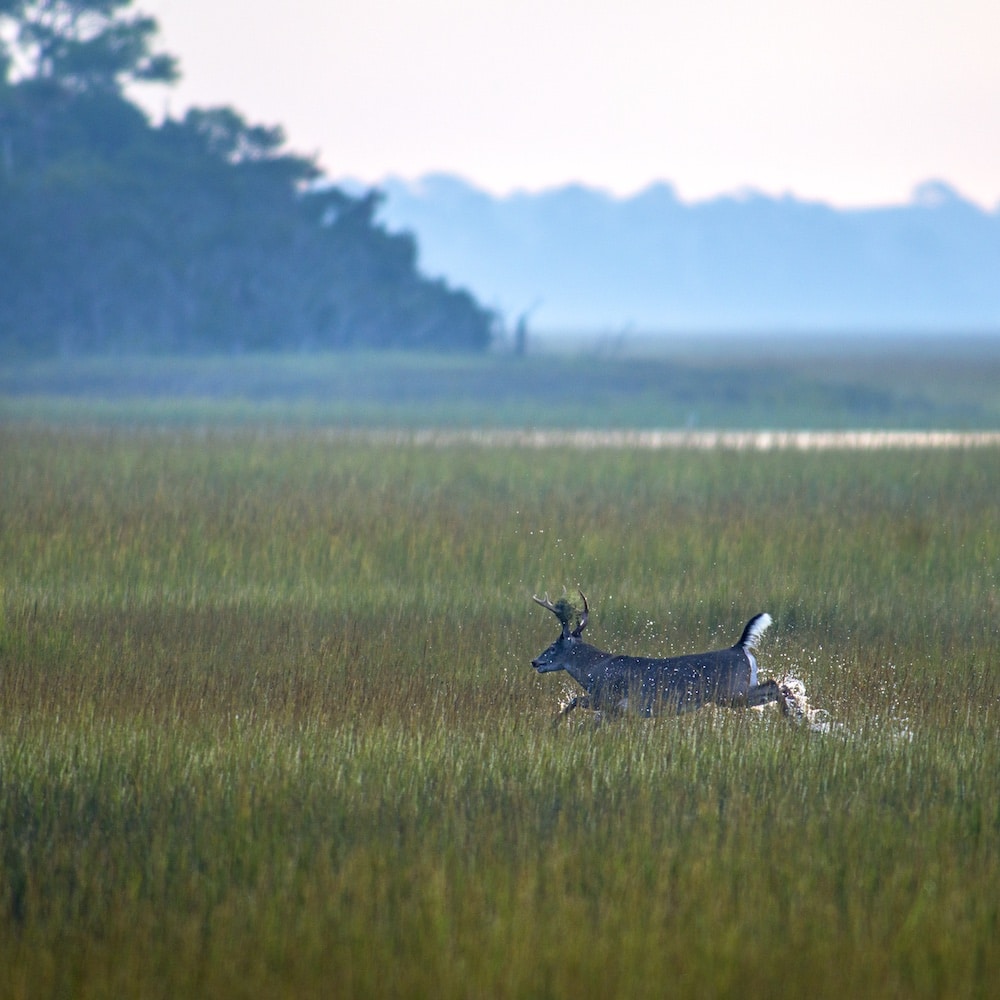explore
Planned, Naturally
Years of land stewardship and careful planning are now coming to fruition at Kiawah River. This enables our residents to create their own personal sanctuary amid a lush riverfront environment.
Our philosophy is shaped by vision and guided by a community plan for connectivity and walkability, open space views for residents from their homes and throughout the community, access and connection to the vast coastline of water, and an intentional series of distinct Neighborhoods which connect people with pedestrian friendly streetscapes, inviting front porches, and abundant gathering spaces.
Quality and beauty, conservation, sustainability, and green building practices guide us at every turn.
